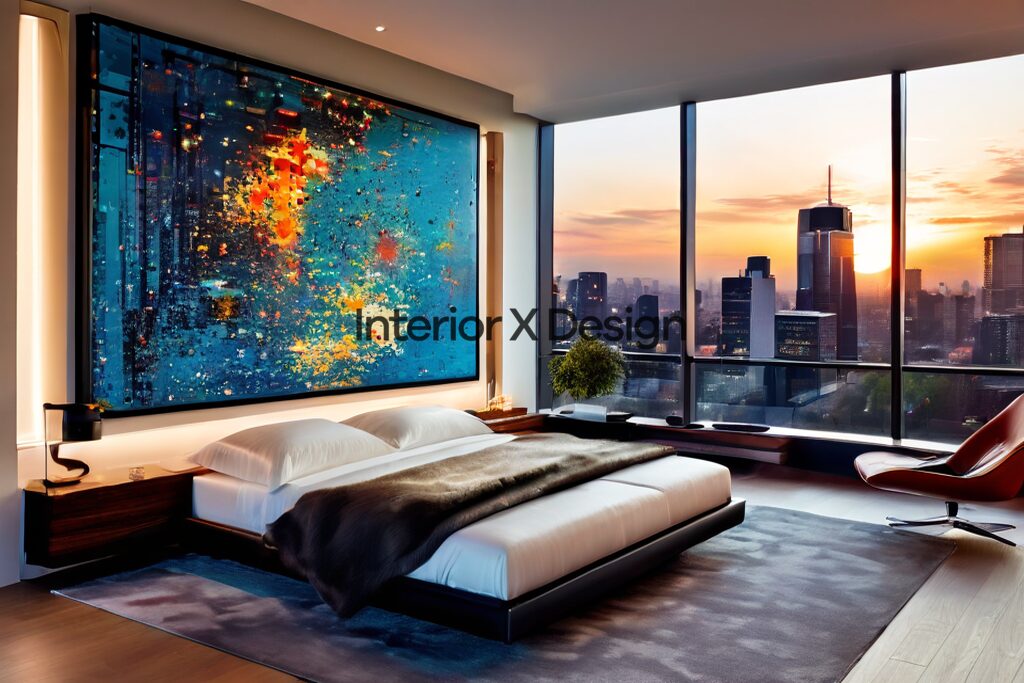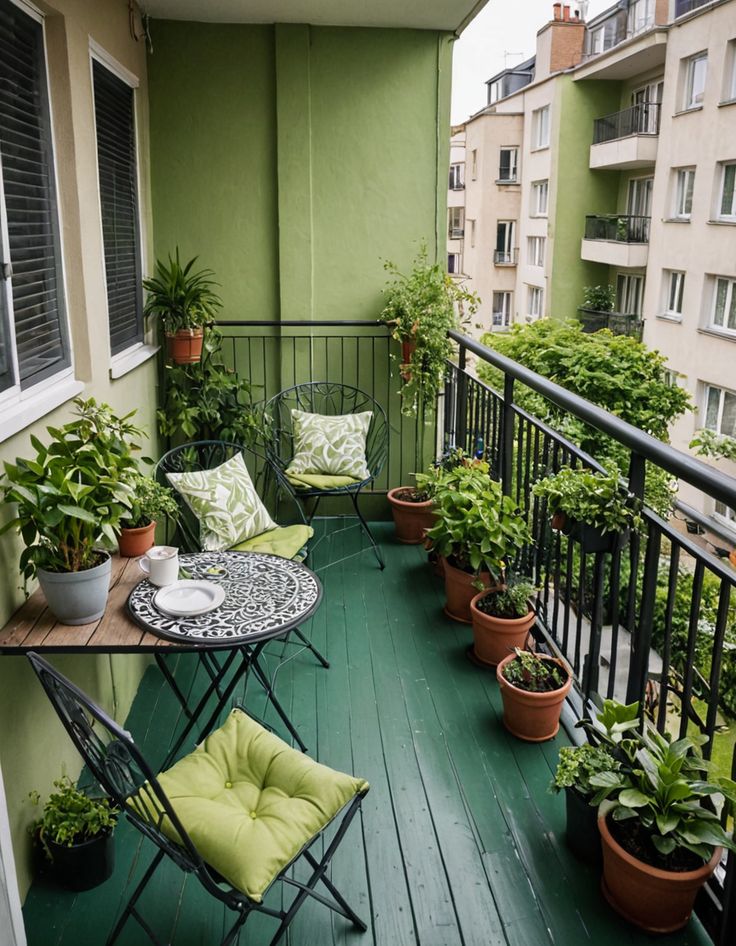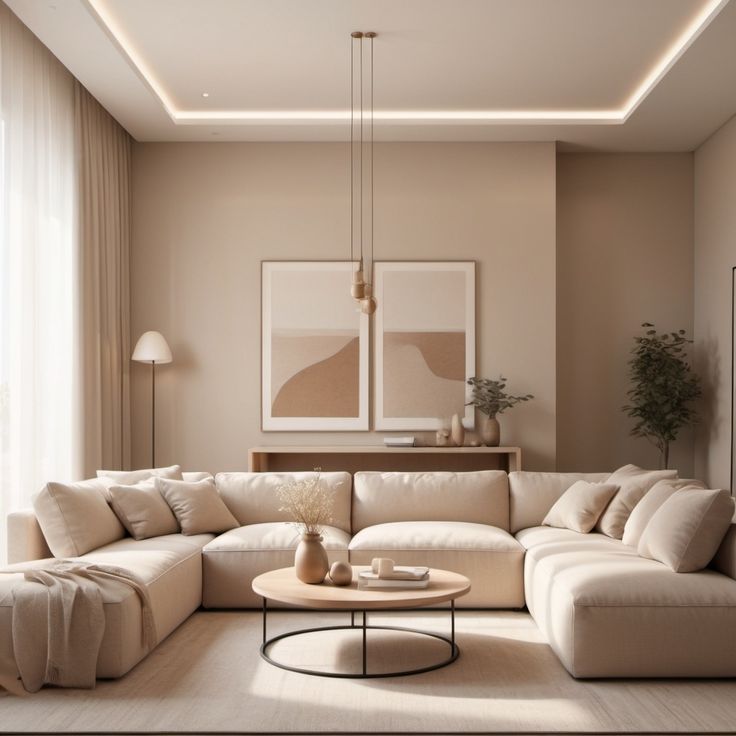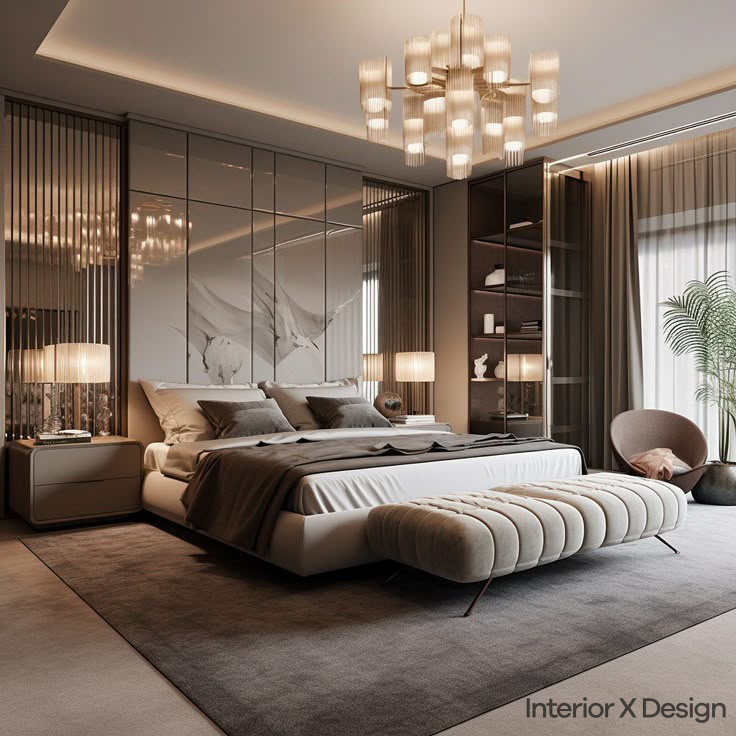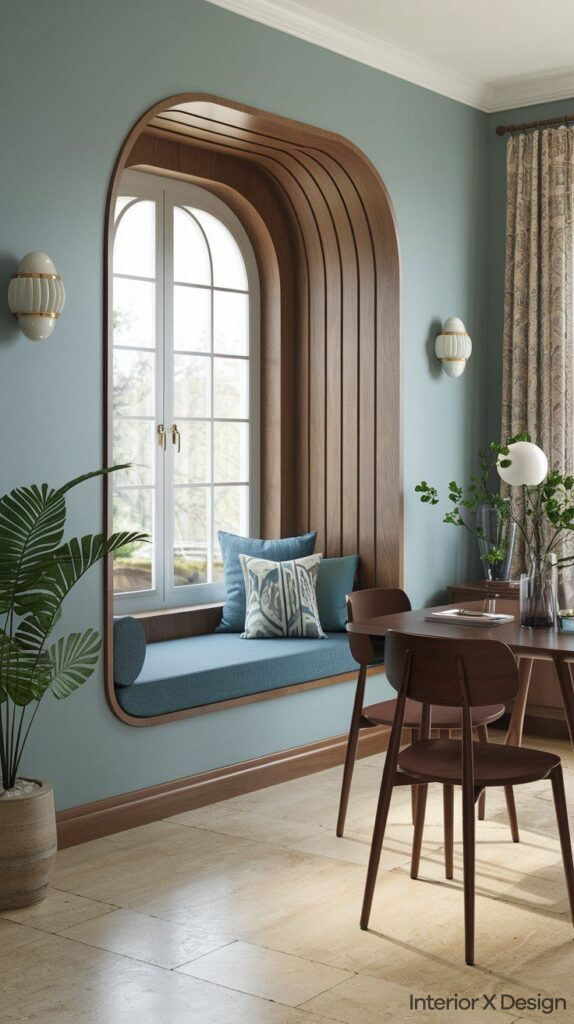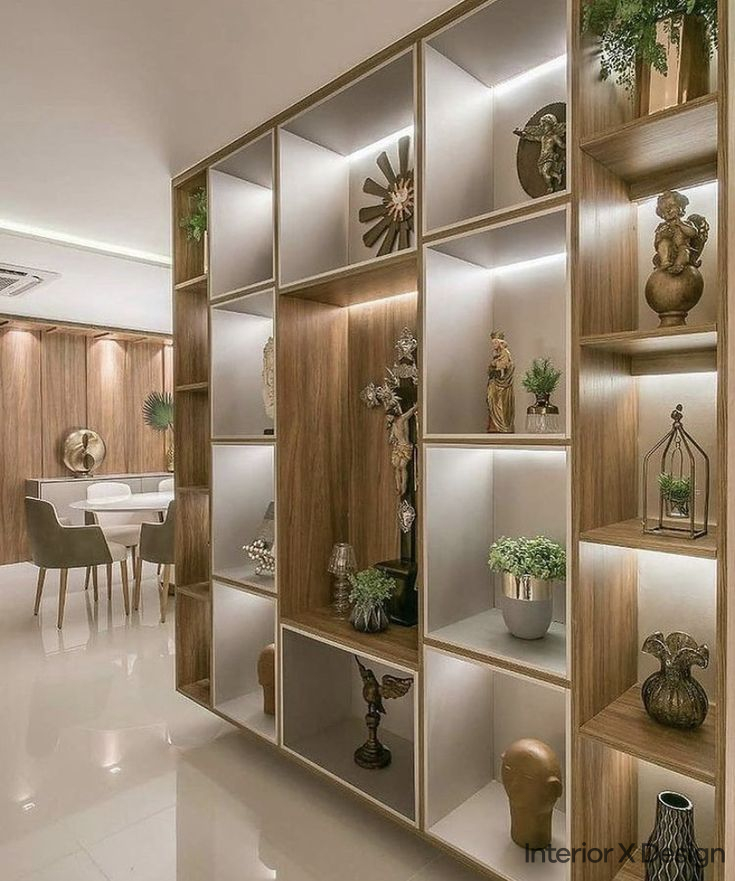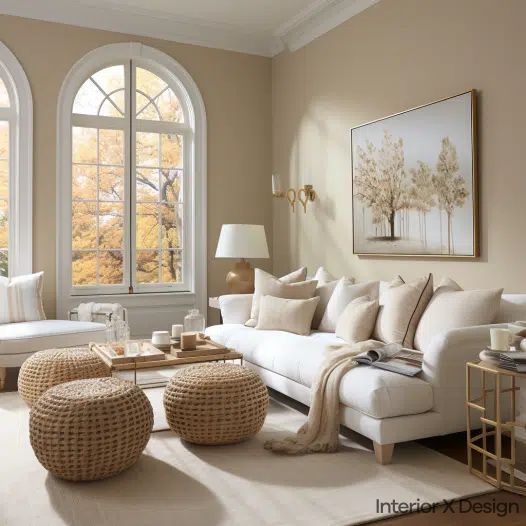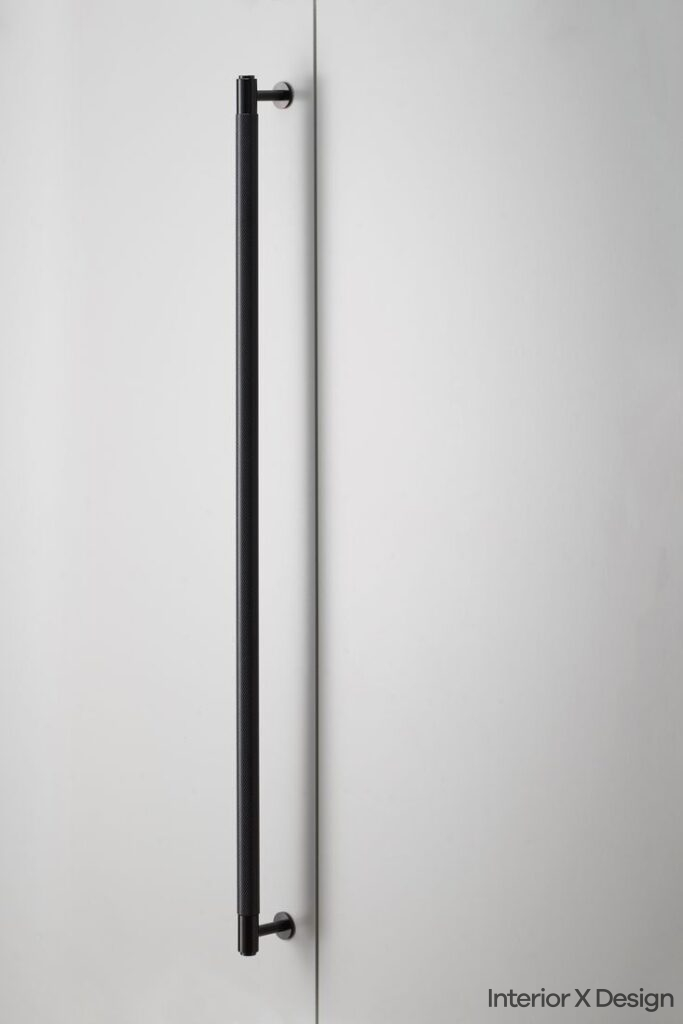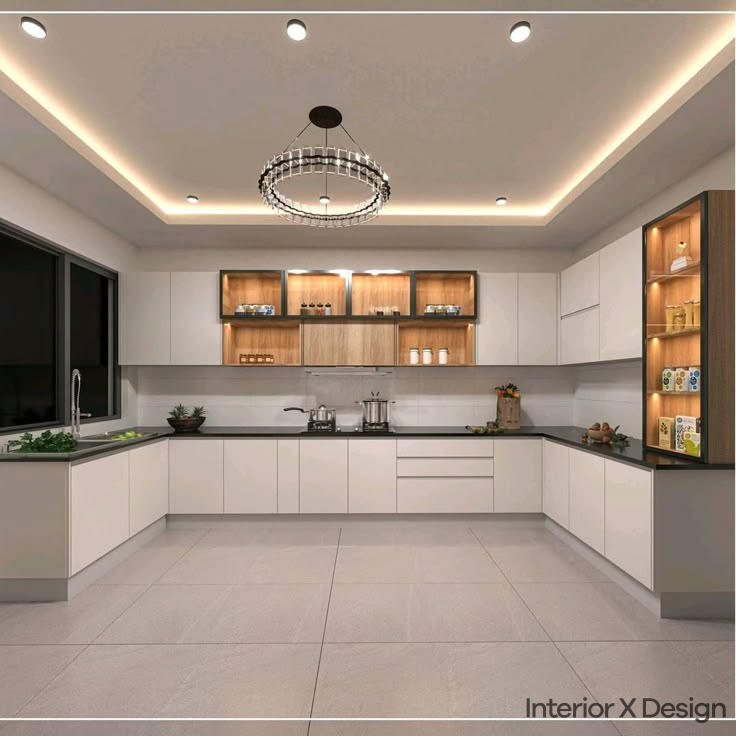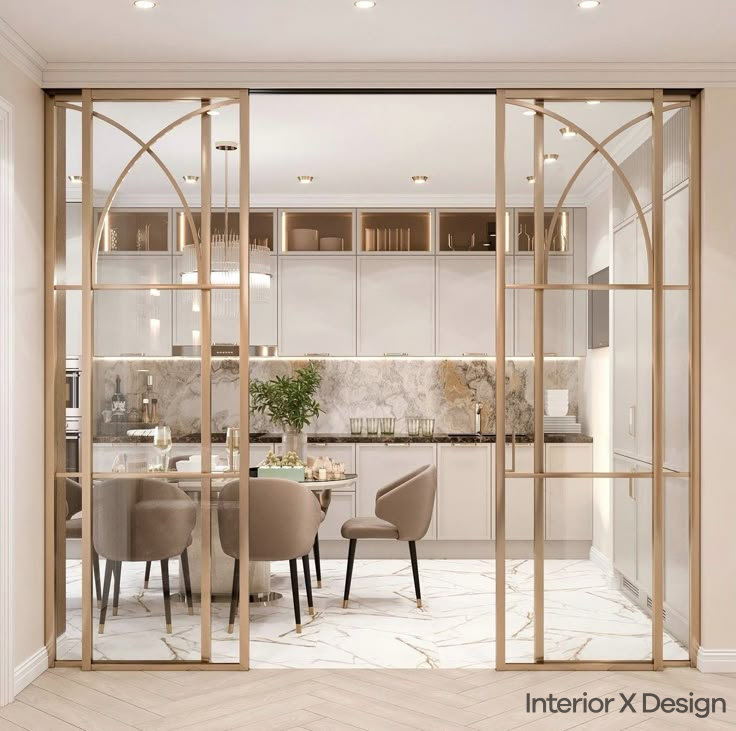The Interior Design Checklist has multiple steps & by meticulously following each step, interior designers can effectively manage client expectations, stay on budget, and create a cohesive and aesthetically pleasing home environment.
1. Initial Consultation Phase
- Client Interview
- Determine client’s style preferences (modern, contemporary, traditional, etc.)
- Discuss the purpose of each room (living space, home office, entertainment, etc.)
- Identify the client’s lifestyle needs and habits
- Budget discussion
- Timeline expectations
- Property Evaluation
- Measure rooms and windows
- Assess natural lighting
- Identify existing furniture and decor to keep or replace
- Note structural features (columns, beams, built-ins)
- Check for any necessary repairs or renovations
- Inspirations and Ideas
- Gather inspiration images (Pinterest, magazines, online resources)
- Discuss color preferences and dislikes
- Identify any specific themes or concepts
- Collect material samples (fabric, wood, metal)
2. Design Development Phase
- Space Planning
- Create a floor plan for each room
- Plan the furniture layout
- Ensure proper flow and functionality
- Include storage solutions
- Design Concept
- Develop mood boards
- Select a color palette
- Choose key furniture pieces
- Determine focal points for each room
- Material and Finishes Selection
- Flooring (hardwood, carpet, tile)
- Wall finishes (paint, wallpaper, paneling)
- Ceiling treatments
- Window treatments (curtains, blinds, shades)
- Lighting fixtures (ambient, task, accent lighting)
- Hardware (handles, knobs, hinges)
3. Sourcing and Procurement Phase
- Furniture and Accessories
- Identify and source furniture pieces
- Select and purchase accessories (rugs, artwork, cushions, throws)
- Choose functional items (storage bins, shelves)
- Determine and order custom pieces if necessary
- Materials and Supplies
- Order flooring materials
- Purchase paint or wallpaper
- Source fabrics for upholstery and drapery
- Buy lighting fixtures and bulbs
- Contractor and Vendor Coordination
- Hire contractors for any construction or installation work
- Schedule and coordinate with painters, electricians, and plumbers
- Arrange delivery dates for furniture and materials
4. Implementation Phase
- Preparation
- Clear rooms and prepare spaces for renovation
- Protect existing elements that will remain (flooring, built-ins)
- Set up a workspace for tools and materials
- Construction and Renovation
- Oversee demolition if necessary
- Monitor construction progress
- Ensure adherence to design plans and timelines
- Conduct quality control checks
- Installation
- Supervise flooring installation
- Oversee wall treatments application
- Manage lighting installation
- Install window treatments
- Coordinate furniture delivery and placement
- Arrange for installation of custom pieces
5. Styling and Final Touches Phase
- Furniture Arrangement
- Place large furniture pieces
- Ensure proper spacing and alignment
- Adjust for comfort and aesthetics
- Accessory Placement
- Position artwork and mirrors
- Style shelves and surfaces
- Place rugs, cushions, and throws
- Add decorative elements (vases, plants, books)
- Final Adjustments
- Make any necessary adjustments to lighting
- Fine-tune furniture placement
- Add any last-minute touches for cohesion
6. Final Review Phase
- Client Walkthrough
- Conduct a detailed walkthrough with the client
- Review each room and discuss the design choices
- Ensure client satisfaction with each aspect
- Feedback and Adjustments
- Collect client feedback
- Make any final adjustments as requested
- Address any remaining concerns or issues
- Project Completion
- Provide the client with maintenance and care instructions
- Hand over all documentation (warranties, manuals)
- Ensure all invoices are settled
- Follow-Up
- Schedule a follow-up visit to ensure everything is in order
- Address any post-completion issues or adjustments
7. Documentation and Reporting
- Project Documentation
- Maintain detailed records of all purchases and expenses
- Document design plans and changes
- Keep a log of communications and decisions
- Reporting
- Provide the client with a comprehensive project report
- Include before-and-after photos
- Detail any future recommendations or considerations
Follow this detailed Interior design checklist for a smooth project execution
In conclusion, an organized and detailed interior design checklist is indispensable for achieving a seamless home transformation. It not only aids in maintaining clear communication with clients but also ensures that every aspect of the design process is thoroughly planned and executed. By adhering to this checklist, interior designers can deliver high-quality, personalized spaces that reflect the unique tastes and lifestyles of their clients, ultimately leading to a successful and satisfying project completion.
Also check out this interior design checklist for homeowners & clients.

